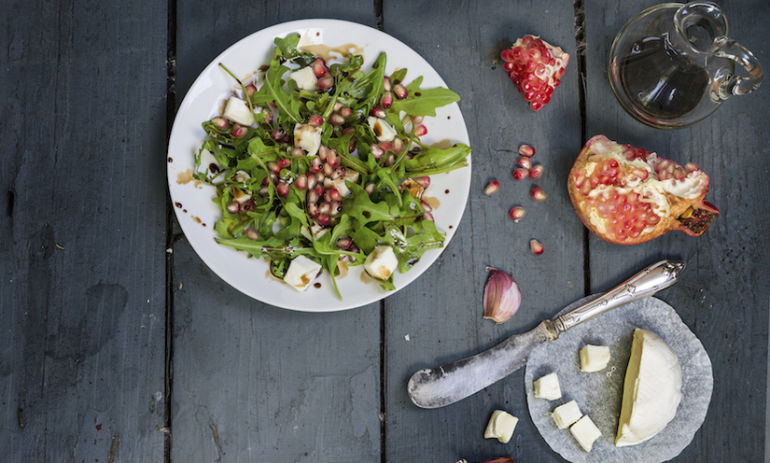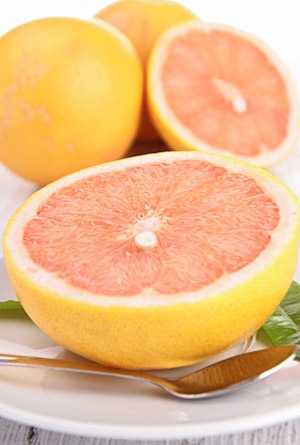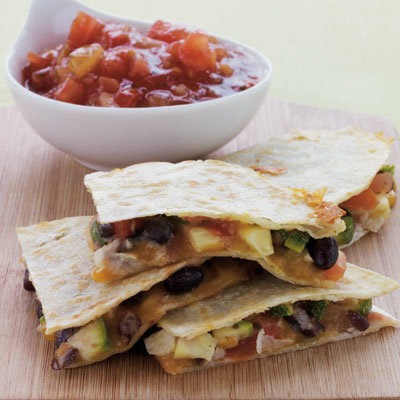Chia Seeds: Health Benefits and Nutritional Information
Despite their small size, chia seeds are packed full of important nutrients. They are an excellent source of omega-3 fatty acids, which help to raise HDL cholesterol (the good cholesterol that helps protect against heart attack and stroke).
Chia seeds are also rich in antioxidants and full of fiber, magnesium, zinc, iron and calcium. Remember the chia pets that were a popular item in the 1990s? Yep, those are the same small seeds you used to grow an Afro in your Homer Simpson terracotta vase.
This MNT Knowledge Center feature is part of a collection of articles on the health benefits of popular foods. It provides a nutritional breakdown of chia seeds and an in-depth look at their possible health benefits, how to incorporate more chia seeds into your diet and any potential health risks of consuming chia seeds.
Nutritional breakdown of chia seeds
According to the USDA National Nutrient Database, one ounce of chia seeds (approximately 28 grams) contains 138 calories, 8 grams of fat, 12 grams of carbohydrate, 10 grams of fiber and 5 grams of protein.
Eating one ounce of chia seeds per day would provide 18% of daily calcium needs, 27% of phosphorus, 30% of manganese and smaller amounts of potassium, zinc and copper.
When compared to flaxseed, chia seeds provide more omega-3s, calcium, phosphorus and fiber - all essential nutrients that most people are not getting enough of.
Possible health benefits of consuming chia seeds
Consumption of plant-based foods of all kinds has long been associated with a reduced risk of many adverse health conditions including obesity, diabetes, heart disease and overall mortality. Maintaining a diet high in plant-based foods has also been shown to support a healthy complexion, increased energy, and overall lower weight.
Chia seeds are packed full of important nutrients - they are an excellent source of omega-3 fatty acids.
Chia and the power of fiber
The Food and Nutrition Board of the National Institute of Medicine suggests that men under the age of 50 consume 38 grams per day and women under the age of 50 consume 25 grams per day.
For adults over 50 years age, the recommendation for men is 30 grams per day and for women is 21 grams per day. Most people are not consuming even half of that recommendation in a day.
The easiest way to increase fiber intake is to increase your consumption of plant-based foods like fruits, vegetables, nuts, seeds and unprocessed grains. Just one ounce of chia seeds provides 10 grams of fiber, almost half the daily recommendation for a woman over 50.
Why is fiber so important?
Treating diverticulosis
High fiber diets have been shown to decrease the prevalence in flare-ups of diverticulitis by absorbing water in the colon and making bowel movements easier to pass. Eating a healthful, fruit and vegetable and fiber-filled diet can reduce pressure and inflammation in the colon. Although the cause of diverticular disease is still unknown, it has been repeatedly associated with a low fiber diet.2
Weight loss
Foods that are high in fiber help to keep you feeling full longer and are usually lower in calories. Increased fiber intakes and high fiber diets have been shown to help with weight loss.
Cardiovascular disease and cholesterol
Increased fiber intakes have also been shown to lower blood pressure and cholesterol levels. A review of 67 separate controlled trials found that even a modest 10-gram per day increase in fiber intake reduced LDL (the harmful type cholesterol) as well as total cholesterol.
Recent studies have shown that dietary fiber may even play a role in regulating the immune system and inflammation, consequently decreasing the risk of inflammation-related conditions such as cardiovascular disease, diabetes, cancer, and obesity.
Diabetes
High fiber diets are associated with a lower risk of developing diabetes and eating high fiber meals to keep blood sugar stable. Based on a review of findings from several large studies, The National Institute of Medicine found that diets with 14 grams fiber for every 1,000 calories were associated with significant reductions in the risk of both coronary heart disease and type 2 diabetes.
Digestion and detox
A diet with adequate fiber prevents constipation and promotes regularity for a healthy digestive tract. Regular bowel movements are crucial for the daily excretion of toxins through the bile and stool.
Omega-3s to fight heart disease
Research to date suggests that omega-3s can decrease the risk for thrombosis and arrhythmias, which can lead to heart attack, stroke and sudden cardiac death.
Omega-3s may also decrease LDL, total cholesterol and triglyceride levels, reduce atherosclerotic plaque, improve endothelial function, and slightly lower blood pressure. The richest sources of plant-based omega-3s are chia seeds, flaxseeds, flaxseed oil, hempseeds, hempseed oil and walnuts.
How to incorporate more chia seeds into your diet
Chia seeds are relatively easy to find in any major supermarket and are only slightly smaller than a strawberry seed. They are black in color and have a very mild, nutty flavor.
Chia seeds can be eaten raw or cooked and added to yogurt, cereal and smoothies.
You can eat them raw or cooked. Sprinkle chia seeds on cereal, yogurt, oatmeal or smoothies. Add them to baked goods like bread and muffins.
If are experimenting with vegan baking or you just run out of eggs, you can mix 1 tablespoon of chia seeds with 3 tablespoons of water, let them sit for a few minutes, and watch them turn into a gel that you can use as a substitute for eggs in baking.
Try some of these healthy and delicious recipes using chia:
Pumpkin spiced steel cut oatsLemon raspberry zucchini bars
Homemade KIND bars
Spaghetti and lentil meatballs
Banana pumpkin power smoothie
Potential health risks of consuming chia seeds
Chia seeds can absorb up to 27 times their weight in water. This posed a problem for one man with a history of swallowing problems who, doctors say, developed an esophageal obstruction after eating a tablespoon of chia seeds dry and trying to wash them down with a glass of water.
The seeds formed a thick gel in his esophagus that he was unable to swallow down without medical treatment. Although this case was rare, make sure to mix chia seeds into another food or liquid before consuming, especially if you have a history of swallowing problems. Avoid giving chia seeds to small children.
It is the total diet or overall eating pattern that is most important in disease prevention and achieving good health. It is better to eat a diet with a variety than to concentrate on individual foods as the key to good health.
Further reading
Have you enjoyed reading about the potential health benefits of chia seeds? Take a look at our collection of articles about other fruits and vegetables.
Alternatively, read our article about the top 10 healthy foods for your daily diet.
Written by Megan Ware RDN LD-
Weight - a lifetime battle? Part 2
After my first baby was born, I found it
-
Lose Weight And Keep It Off With These Helpful Tips
Losing weight is not an easy task for most people. Apply the adv
-
Alcohol and Weight Gain – Will Drinking Alcohol Make You Fat?
When it comes to burning body fat and losing weight, i
-
Menopause and Weight Loss
During menopause, many women report that the challenge of weight l
-
Hoodia Diet Revealed
The effects of hoodia gordonii are astounding.Youve probably heard it
-
A 6-Minute High-Intensity Workout You Can Do Anywhere
- DON'T MISS
- 12 Ways To Exercise Without Going To The Gym
- Ideas That Really Help You Loose Your Weight
- Common Myths Via The Weight Loss Crowd
- How Good is Protein For Your Weight Loss?
- Make a Change4Life – NHS Anti Obesity Initiative
- The Weight Loss Benefits of Spinach
- Top Tips For Joint Pain
- Losing Weight And Building Muscle
- Youll Want To Eat Healthy Foods If You Want To Lose Weight
- How To Stop Snacking And Impulse Eating




